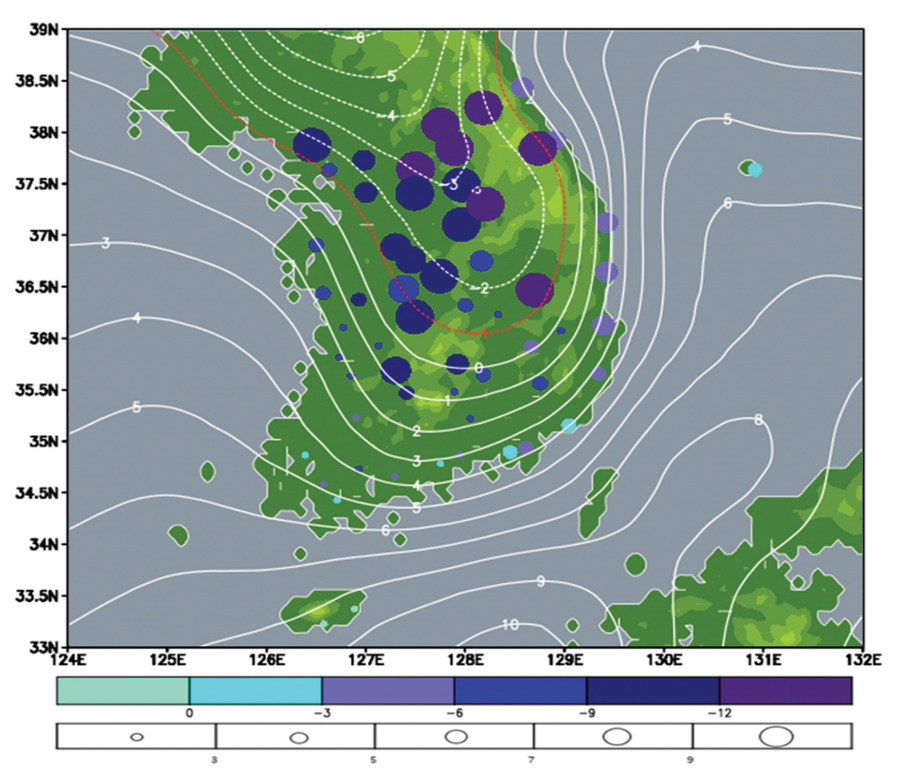Touching Tomorrow atPukyong National University
NEW BEGINNING, NEW INSPIRATION
Pukyong Today List
| It's warm in the south? Totally wrong! | |||
| WRITER | Department of External Cooperation | WRITE DAY | 2020-12-21 |
| COUNT | 227 | ||
| It's warm in the south? Totally wrong! | |||||
 |
Department of External Cooperation |  |
2020-12-21 |  |
227 |
|
Public interest in the report citing the research papers of Prof. Kim Baek-min at PKNU on the Hankyoreh Newspaper
The Hankyoreh published an article entitled [Out-of-this-world's Weather Story with Lee Guen-young], <a sudden and long-term hit cold wave is making fun of 'the warm south region'>. This article cited a paper from the research team of Professor Kim Baek-min (Dept. of Environmental and Atmospheric Science) of Pukyong National University, published in the Journal of the Korean Meteorological Society, the <Atmosphere>, while conveying the fact that the number of days of cold waves has not decreased despite the warming trend. The article introduced, "The outbreak of cold waves by region is also different." saying that "The research team of Professor Kim Baek-min of the Department of Environmental and Atmospheric Sciences at Pukyong National University analyzed the cold waves observed at 59 locations across the country from 1981 to 2017, and it was found that the characteristics of cold waves appearing in the central and inland regions of the Korean peninsula (a regions) and those in the southern and coastal regions (b regions) are different." The article cited the contents of Professor Kim's thesis and said in relation to the characteristics of cold waves in the southern and coastal regions (b regions), "The cold weather rapidly hit the Korean peninsula and showed a characteristic that lasted for a long-term," and added, "When a cold wave appears to the southern and coastal areas, or only in that area, it can be seen that a long period of cold strikes." Professor Kim said in an article, "A cold wave in the b region appears in the form of a surprise cold wave, where the temperature is warm before the outbreak and then the temperature drops rapidly." and added, "As the temperature of seawater rises due to global warming, it is expected that the phenomenon of rapid temperature difference from cold air in Siberia will continue to occur." <Pukyong Today> |

 The research results of Prof. Kim Baek-min (Department of Environmental and Atmospheric Science) at Pukyong National University were introduced in the Hankyoreh Newspaper on the 14th, December and drew public attention.
The research results of Prof. Kim Baek-min (Department of Environmental and Atmospheric Science) at Pukyong National University were introduced in the Hankyoreh Newspaper on the 14th, December and drew public attention.